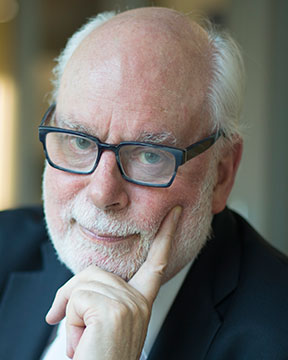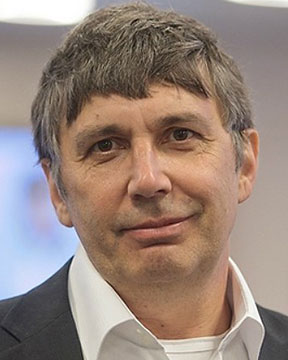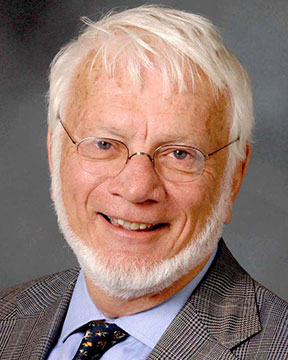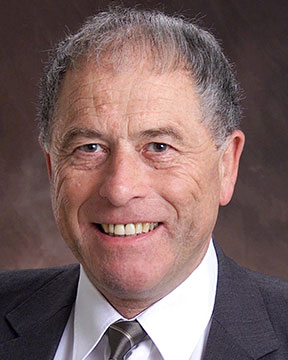



















 |
Dongjo LeePOSCONumerical Simulation Of Softening Layer Shape With Variable Size Of Blast Furnace Afonso International Symposium on Advanced Sustainable Iron and Steel Making(6th Intl. Symp. on Advanced Sustainable Iron and Steel Making) Back to Plenary Lectures » |
Abstract:Understanding the behaviour of softening layer is very important to the control and optimization of the blast furnace operation, because the softening layer has a strong influence on the gas flow in the blast furnace. Futhermore, location and shape of softening and melting layer has a heavy relation to the wearness of refractories. For these reasons, prediction of the softening layer is considered to be an important subject for different sizes of blast furnace. In this study, mathematical modelling has been conducted. The first step of the simulation is the prediction of the solid flow, such as large or small sintered ore cokes using VOF (Volume of Fluid) model; the second step is evaluating the permeability of the burden distribution; and finally, the distribution of gas, heat transfer, and reaction between solid and gas phase are simulated using multi-domain coupling. The layered materials were explicitly considered not an averaged value such as Lo/Lc. Basically, different softening layers may relate to different burden distributions at the furnace top. In addition, the profile and productivity of blast furnace are strongly linked to the location and shape of softening layer. To understand and to evaluate the effects of the blast furnace size on softening layer shape and location, simulation approaches have been conducted with #1(1,660m3), #2(2,550m3), #4 (5,600m3) blast furnace in Pohang, South Korea. As the size of the blast furnace increases, the shape of softening layer changes from reverse-V to L or W. With reverse-V shape of softening layer, coke slits are vertically spread and it is able to distribute the reducing gas uniformly. However, the distribution of gas worsens with L and W shape of softening layer, because of thick coke slits at the lower and wall side softening layer. |
|